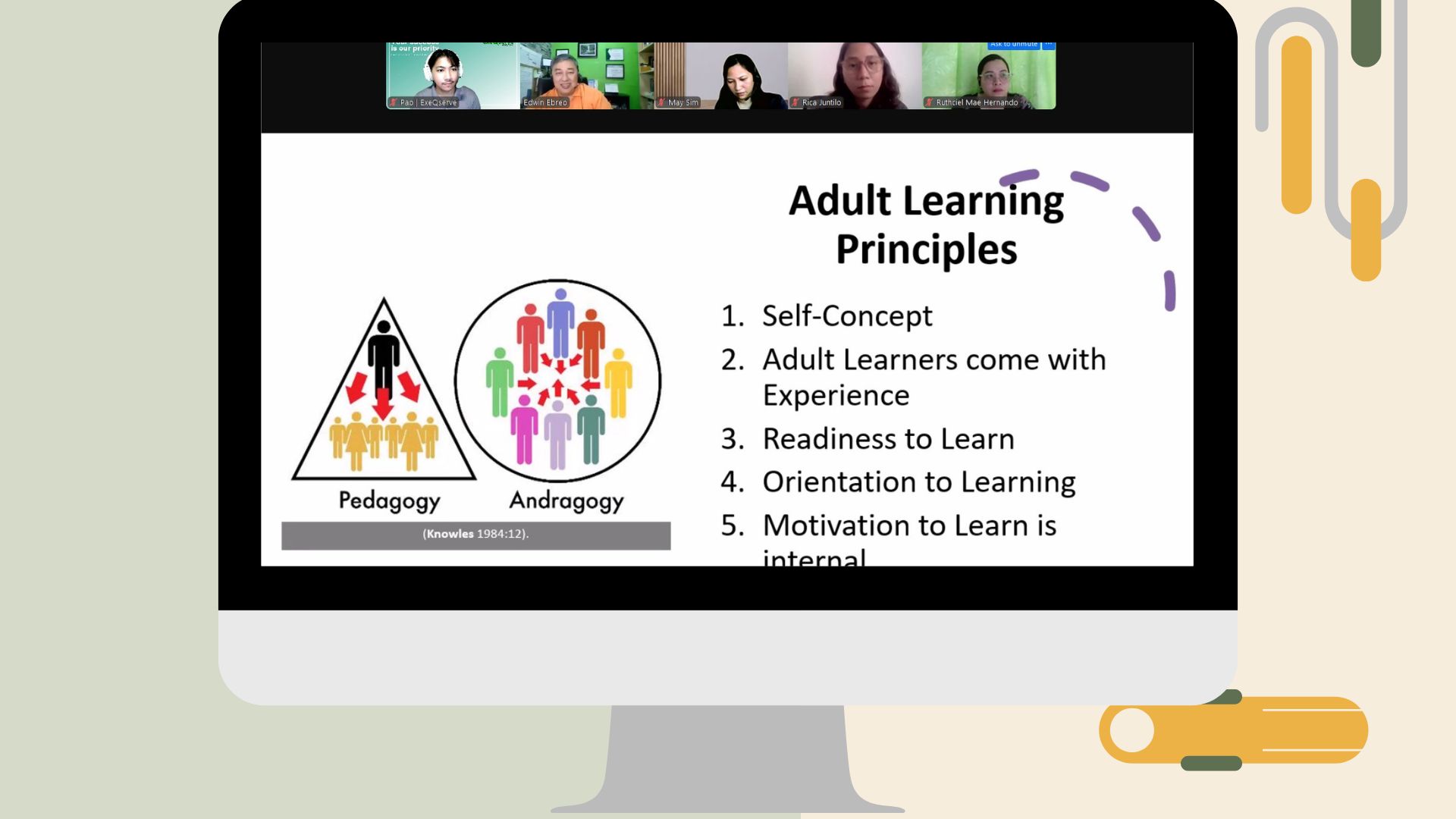Our latest Online Training Design Program session focused on the basics of designing effective training programs. Participants explored essential concepts, frameworks, and skills needed to create structured and meaningful learning experiences.

We started by defining training as a planned effort to improve skills, attitudes, and habits. The ADDIE Model, which stands for Analysis, Design, Development, Implementation, and Evaluate, was introduced as the foundation of instructional design. This model helps ensure that training programs are well-planned and effective.
Next, we discussed the key competencies of a training designer, including:
- Training Needs Analysis – Understanding what learners need to improve;
- Learning Theories – Knowing how people learn best;
- Evaluation Methods – Measuring if training is effective; etc.
 We also explored Bloom’s Taxonomy, which explains different types of learning:
We also explored Bloom’s Taxonomy, which explains different types of learning:
- Cognitive (Thinking Skills) – Understanding and applying knowledge.
- Affective (Attitudes and Emotions) – Developing values and motivation.
- Psychomotor (Physical Skills) – Learning by doing.
A key highlight was the discussion on adult learning principles, emphasizing that adults learn best when training is relevant, practical, and engaging. To illustrate how learning progresses, we examined the different levels of cognitive learning, from remembering to creating.

This session gave participants a foundation in training design, helping them build more effective and engaging programs.
Visit our Facebook for more training updates. You may also check our Training Services to learn more about our training customization and Training Design Program.







